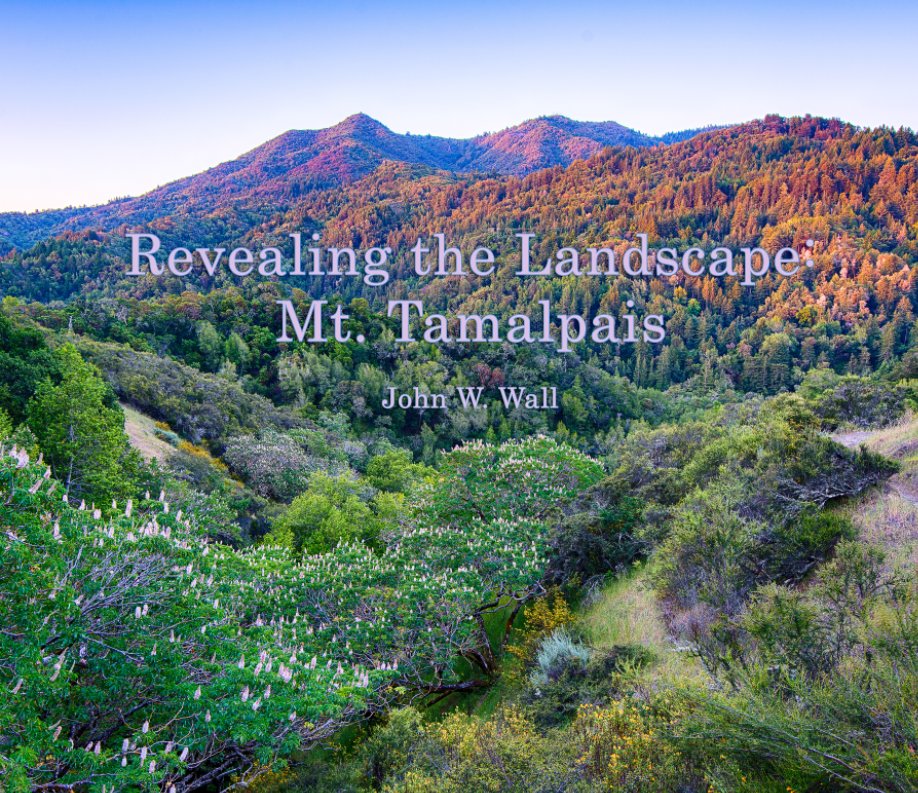 |
| Red-legged Frog, San Francisco Botanical Garden |
Every time I read something new about cells, about their components and how they work together to provide a foundation for all of the life that surrounds us, and all of the life that is us, my mind is blown all over again. This time it was an article about microtubules in Quanta Magazine.
What always happens when I'm reminded of the incomprehensible intricacy of life is that I go back to the sheer wonder and amazement that life even exists. I mean, maybe in another universe, with some tiny difference in one physical constant or another, stuff gets made in exploding stars much like it does here, but the stuff never consolidates into a life form. You get all the same elements of the periodic table, but it's all inert and lifeless. Boring universe!
And yet there is supposedly no such thing as a life force. There used to be an idea called vitalism, but what good is a life "force" that you can't measure? On the other hand, there is no great definition of life itself. One definition that a Google search turned up was that life "is an emergent phenomenon arising from the interaction of matter and energy."
I don't know. Life just seems like a special case of emergent phenomena. One water molecule isn't wet, but if you get a half-dozen or so together you get the emergence of wetness. Isn't chemistry all about emergent phenomena? Isn't there a whole world of emergent phenomena arising from the interaction of matter and energy that isn't life?
You can even have two molecules with the same structure, but only one of them supports life, due to something called chirality. Life is such a rabbit hole!
Anyway, as you can see from the photo at the top of the post, the red-legged frogs are back in the little pond in the SFBG's Children's Garden, along with some fat ole pollywogs that wriggle up to the surface for a quick gulp of air before diving again for the bottom.
I walked through on Thursday morning to look for migrating birds, but mostly I just saw the usual residents -- who, being San Franciscans, are colorful enough to be of interest in their own right.
 |
| I couldn't recall if I've seen Datura in the California Garden before, but it's blooming there now. |
 |
| The Anna's hummingbirds were all after each other to protect their patch of California fuchsia, a coveted late-blooming, nectar-bearing beauty. |
 |
| I just liked the sort of disheveled look of this little one standing on a leaf. |
 |
| Hovering in a Fuchsia Wonderland |
 |
| If you look closely at some of these hummers, their throats are speckled with white pollen from the stamens of Epilobium canum (formerly Zauschneria californica). |
 |
| Perched on a Matilija Poppy Stalk |
 |
| "Do I need to attack?" |
 |
| "Nope. At least, not yet." |
 |
| Yellow Warbler in a Yellow Aloe |
 |
| The second of three adult red-legged frogs I saw in the pond. |
 |
| The third amigo. |
 |
| This feather-fluffed red-shouldered hawk swooped onto a eucalyptus branch across the street that circles Blue Heron Lake. It was tucking a leg into its feathers as if planning to rest awhile, but it was also keeping an eye out for a passing opportunity. |
 |
| A little farther along, this great blue heron was patiently waiting for a snack to swim within range. Also within range is probably the nest this heron was born in. |
* * *

























































